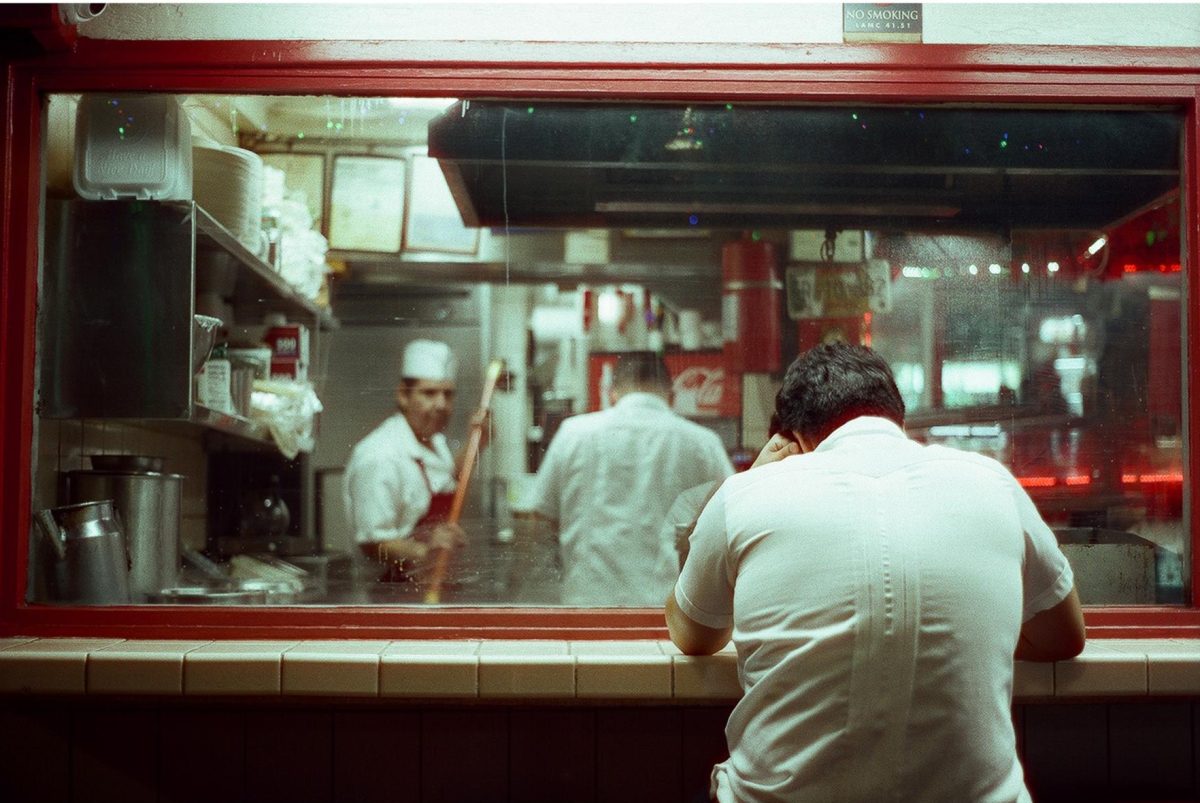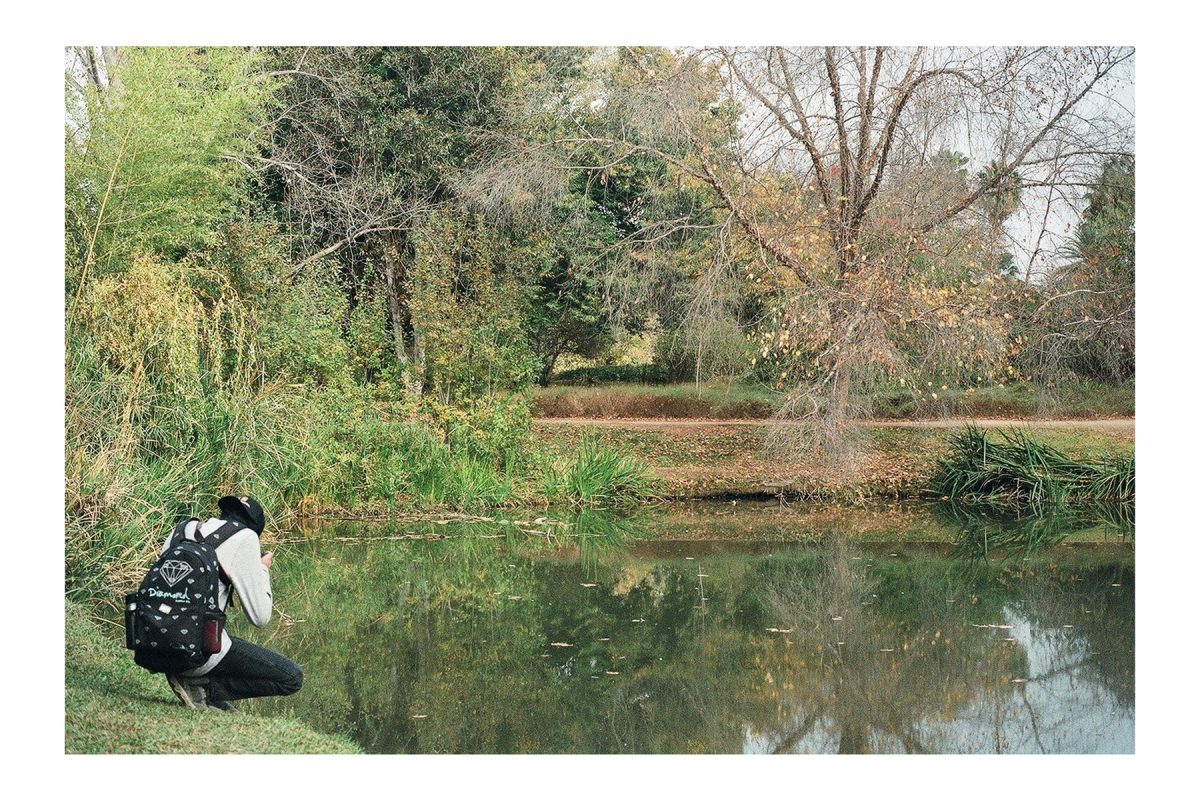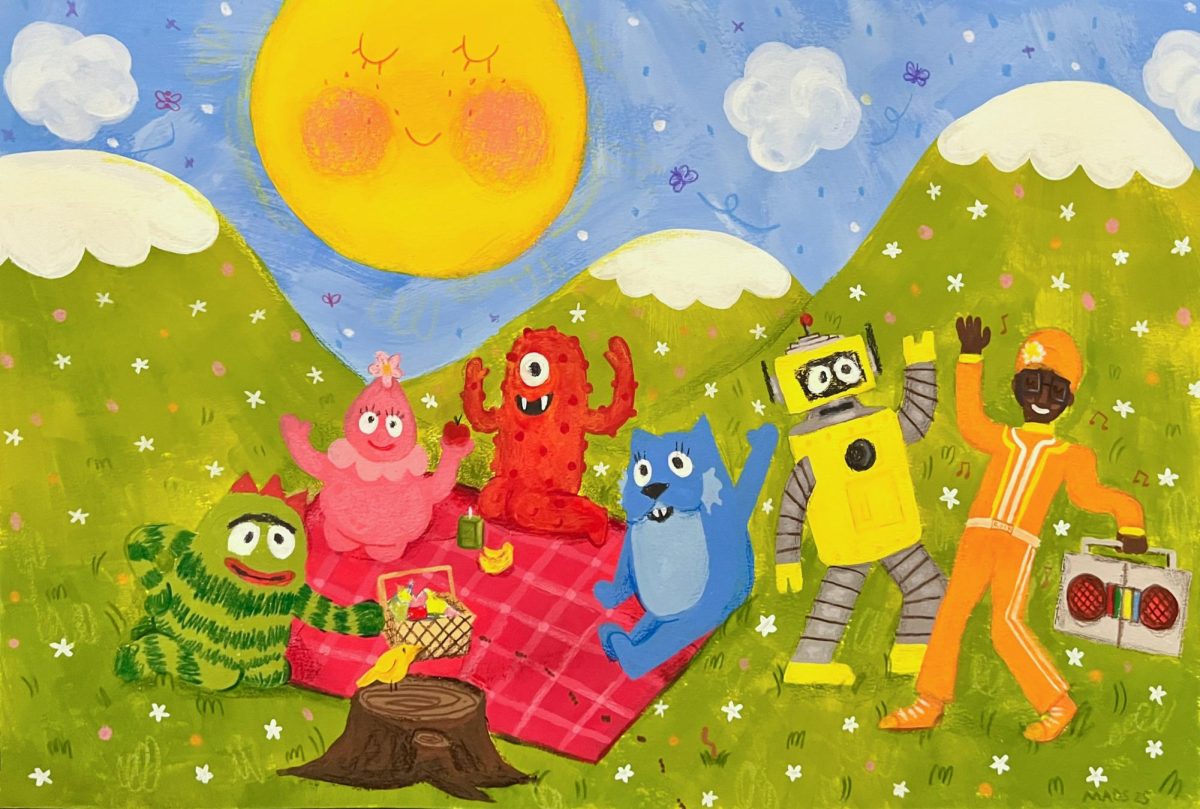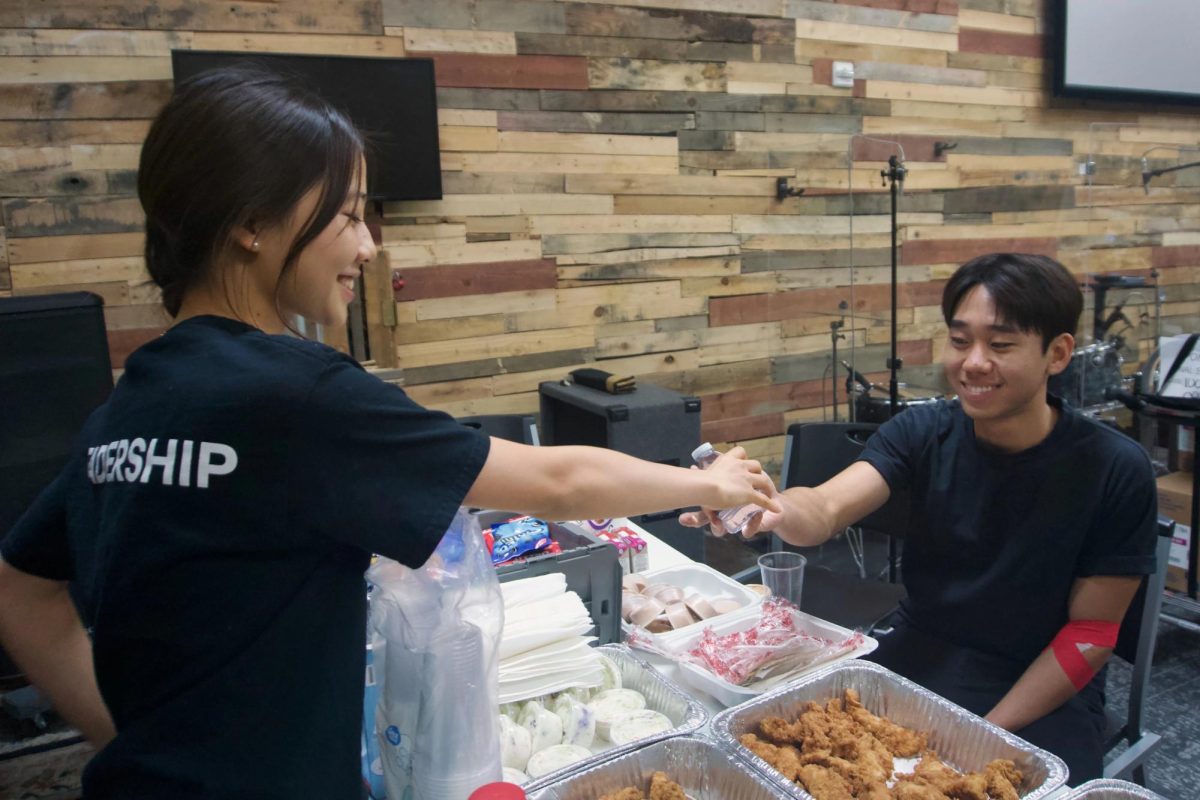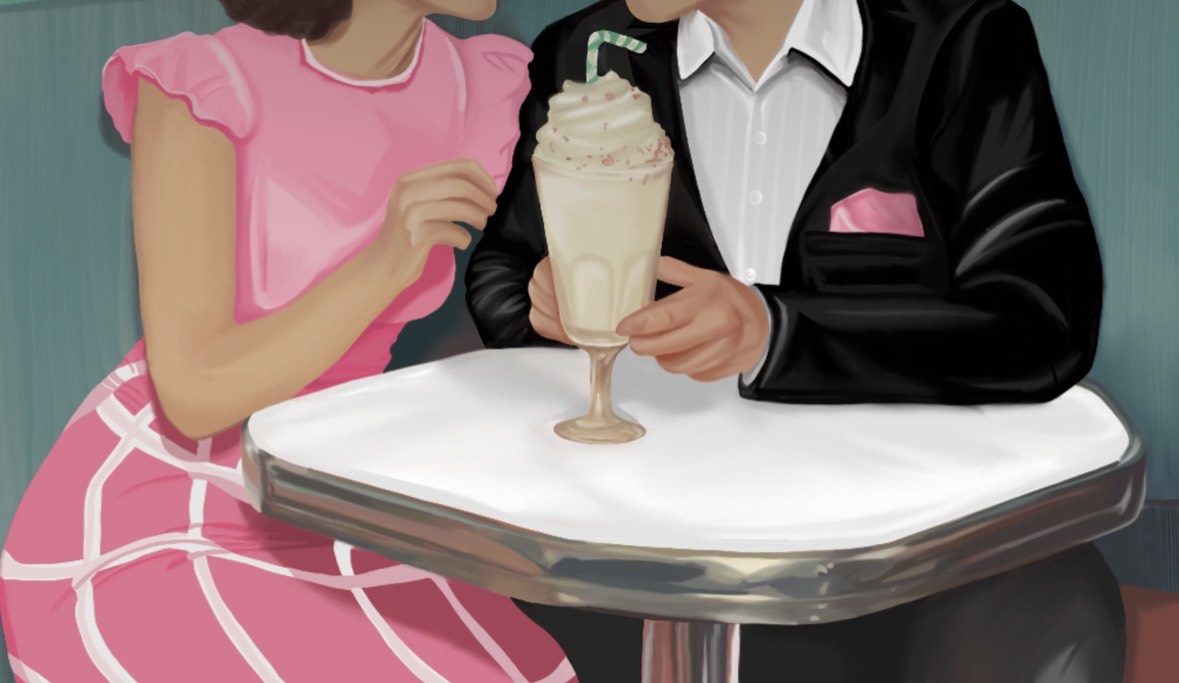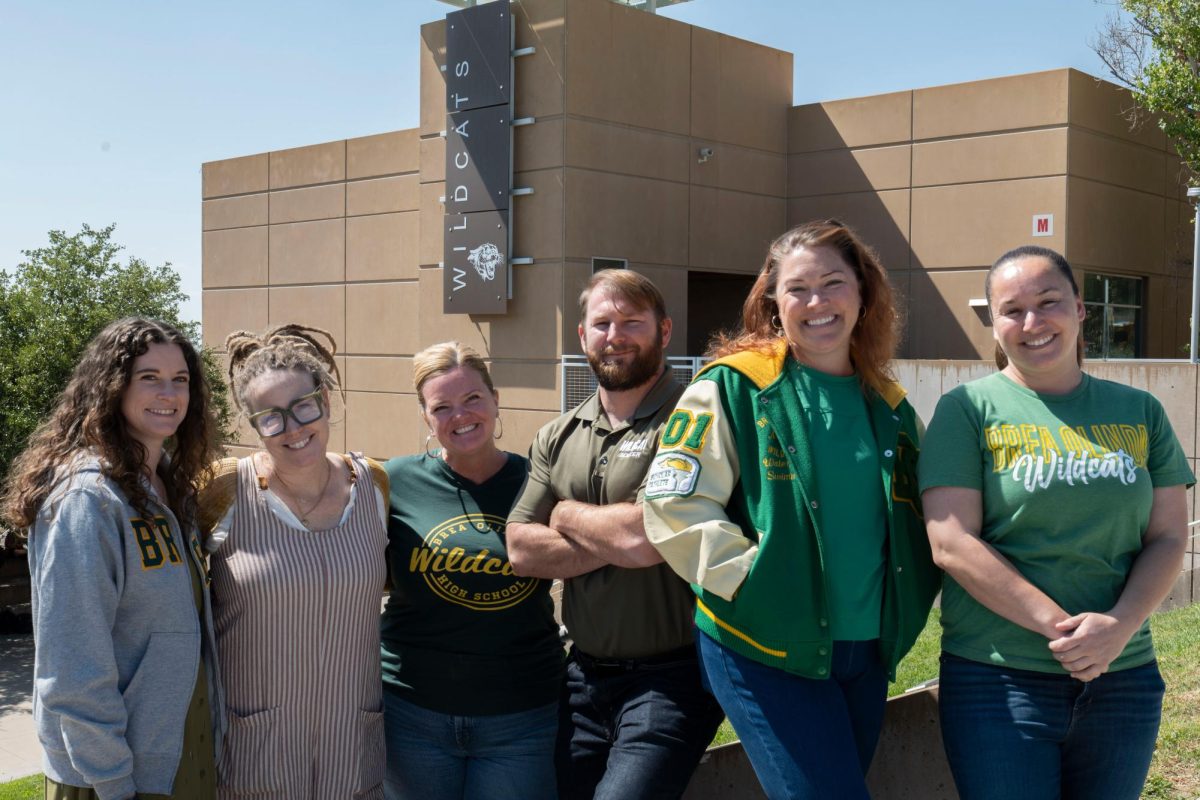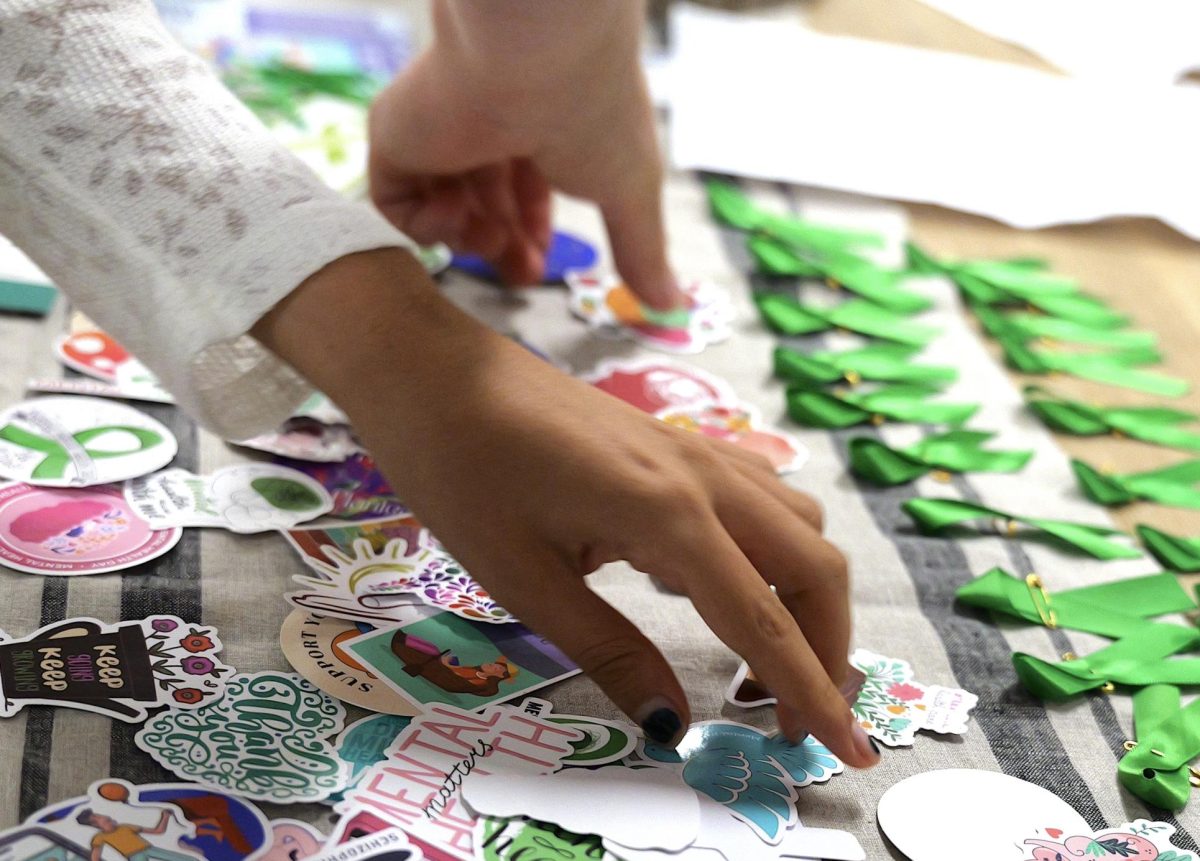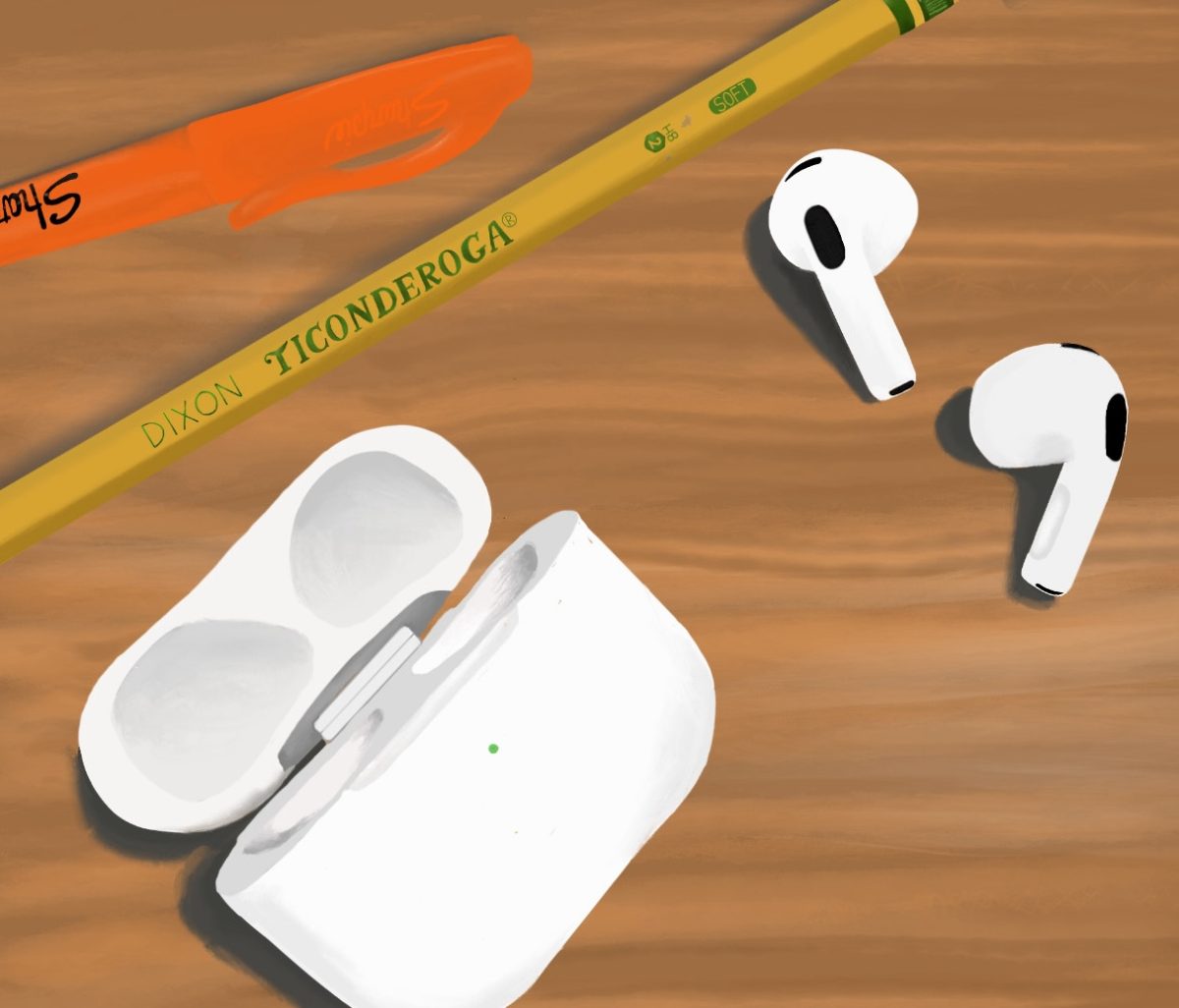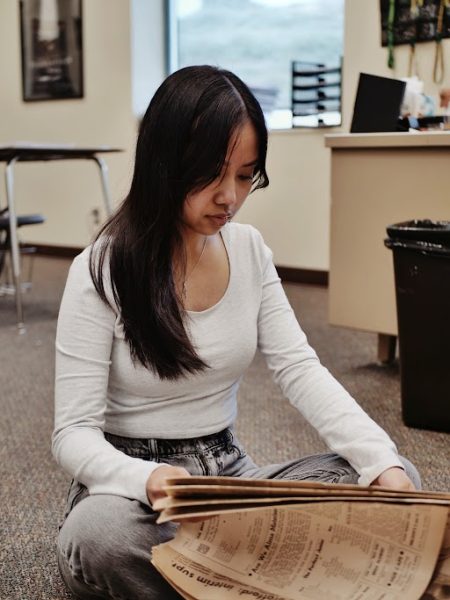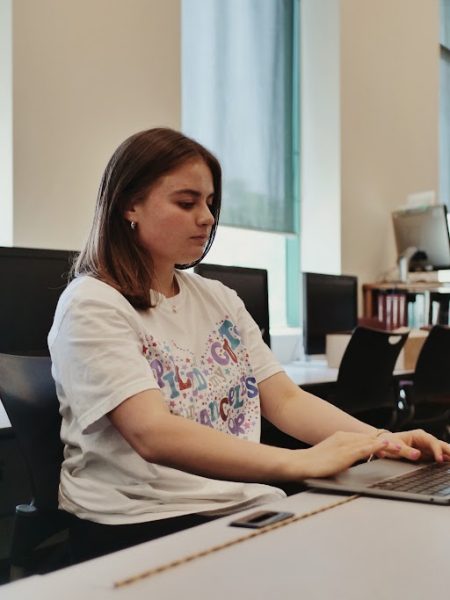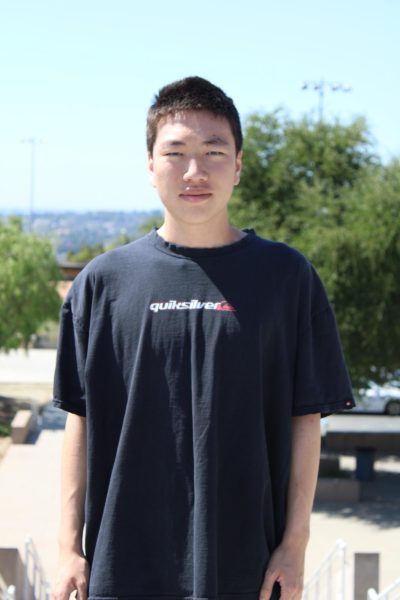Within the Brea Museum, a wood trellis holds an assortment of carefully arranged photographs of local landscapes, people, and architecture. The pictures on display are the culmination of eight months of meetings and nature walks by members of BOHS’s Photography with Analog Film Club (PAFC).
The club, created by Ryan Kim (’26), prefers analog film cameras to digital because, according to Kim, “You can edit your digital photos to make them look like film, but they’re never going to really replicate that ‘authentic’ feeling of analog photography.”
For club treasurer Haylee Rodriguez (‘26), it’s the look of her photography on film that appeals to her. “With film, colors pop more and stand out,” Rodriguez said. And because of the expense of buying and developing film — a single roll of film can cost $20 for 36 shots — Rodriguez is “more mindful” of the pictures she takes, resulting in more careful compositions.
Rodriguez is also “more proud” of the photos she takes on film because of how laborious the process is.
In digital photography, there’s an ease of use — insert memory card, charge the camera, take as many photos as the memory card will hold, then transfer the images to a computer. But analog cameras require more patience and care, including choosing the right film speed, deciding between color or black and white film, the manual loading and unloading of the film, and considering where to develop the full roll.
Whereas digital photos can be printed at home or within hours via apps and local vendors, like Costco and Walgreens, the printing of analog film is more complicated, requiring a lab outfitted with a dark room and chemical baths, and time — from a few minutes to several hours — to allow the film to develop.
Despite the complexities of shooting on film versus shooting on digital, members of PAFC prefer it.
Shiv Patel (‘26), PAFC vice president, discovered the qualities of analog film through nature documentaries on the Disney Channel. The shows also compelled him to take photography more seriously.
“I watched nature documentaries and was like, ‘Oh my God, this is so sharp and vivid, how do you get that?’” Patel said.
Even before using a professional-quality analog camera — the manually operated 35mm Minolta X700 — Kim had already discovered his passion for photography. That passion evolved from digital single reflex cameras (DSLRs), to analog photography, to the creation of PAFC in 2023.
“It’s almost like magic, bringing the subjects to life by developing film negatives,” Kim said.
To provide opportunities for its club members to shoot on film, PAFC hosts two-hour-long film walks. So far this year, club members have organized six walks, at Chino Hills State Park; Brea’s Tracks trail and Olinda Oil Trail; the Fullerton Arboretum; Craig Park in Fullerton; and Olvera Street in Los Angeles.
Members, with analog cameras slung around their necks and rolls of film tucked into camera bags and pockets, explore and photograph the meeting areas.
PAFC publicist Logan Hariri’s (‘26) favorite walk was Chino Hills State Park because of the vibrancy of the plants and the San Gabriel mountains.
“It just rained a lot, so going up there was really beautiful,” Hariri said.
The club meets on the second Wednesday every month in room 231 to showcase photography from the previous walk and to plot future excursions.
Currently, 64 photographs from the club’s walks form the installation in the Brea Museum.
The event was “a shot in the dark” as Kim was unsure if Linda Shay, Brea Museum director and curator, would let PAFC display their photos there.
“I knew the Brea Museum had exhibits before for small events, so that’s why I asked,” Kim said. “They let us do our thing, so that was really nice.”
The show, featuring the analog photography of PAFC, runs from 12 to 4 p.m. on Tuesdays, Wednesdays, Thursdays, and Saturdays until May 31.


